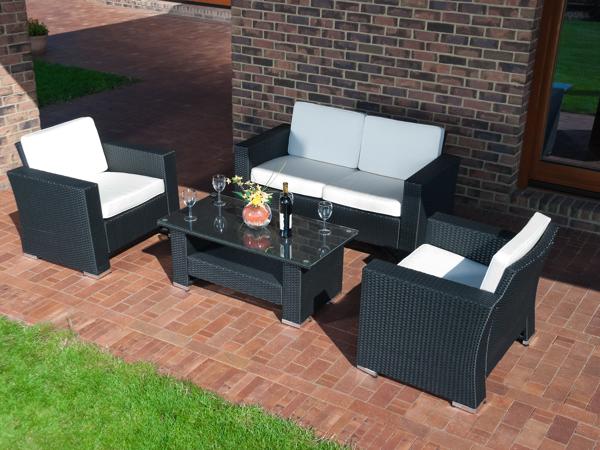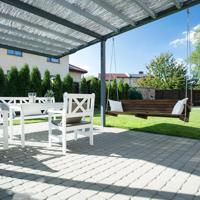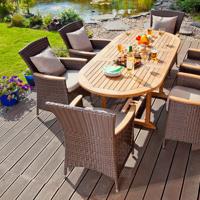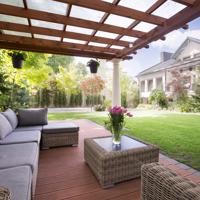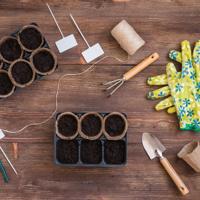Welcome to the section on Landscaping under our "Outdoor Living" category! Whether you are a seasoned gardener or just starting out, landscaping can be an enjoyable and rewarding endeavor. It offers the opportunity to enhance your outdoor space, ultimately creating a sanctuary for you and your family to enjoy.
Understanding the Basics
Landscaping involves the thoughtful planning and arrangement of landforms, plants, and structures in a way that enhances the appearance and functionality of your outdoor space. It's about creating a harmonious balance between the natural and built environments.
Elements of Landscaping
There are several key elements to consider when designing a landscape:
Hardscaping: This includes all the non-plant elements of your landscape like pathways, patios, retaining walls, and pergolas. Materials such as stone, brick, and wood often feature prominently.
Softscaping: This encompasses the live horticultural elements, such as plants, flowers, grass, and trees. Softscapes add color, texture, and life to a garden.
Lighting: Thoughtful lighting can enhance the ambience and extend the usability of your landscape into the evening hours. Solar lights or strategically placed lanterns can highlight key features.
Water Features: Adding elements like fountains, ponds, or small waterfalls can introduce a sense of tranquility and sophistication.
Steps to Begin Landscaping
Assess Your Space
Start by evaluating your outdoor space. Consider the size, shape, and the existing features you might want to keep or modify. Take note of the sun and shade patterns which can significantly influence plant growth.
Define Your Needs and Preferences
Think about the primary use of your landscape. Whether it's for play, entertainment, gardening, or relaxation, defining your needs will help guide your design choices.
Create a Plan
Sketch a rough layout plan, taking into account both the existing structures and the new elements you intend to add. It may help to consult with landscape design software or a professional for more complex projects.
Choosing Plants
Select plants that are suitable for your climate and soil type. Native plants are often easier to maintain and more sustainable. Consider a mix of perennials and annuals to ensure your garden has continuous growth and color.
Implement Gradually
Landscaping doesn't have to be done all at once. You can start with small projects and gradually work towards your ideal vision. This approach can make the process more manageable both financially and physically.
Simple Landscaping Ideas
Garden Beds: Raised garden beds are great for planting flowers or even vegetables. They are easy to manage and can be a focal point in your landscape.
Pathways: Simple gravel or stone pathways can define areas within your garden and direct foot traffic.
Vertical Gardens: If you are short on space, vertical gardens can add greenery without requiring much ground area.
Mulching: Applying mulch around plants can conserve moisture, reduce weeds, and add a clean look.
Resources and References
For further reading, you might find these resources helpful: DIY Projects
- American Horticultural Society
- The National Gardening Association
- "The Well-Tended Perennial Garden" by Tracy DiSabato-Aust offers practical tips on plant maintenance and can be further complemented by our planting guides.
Remember, landscaping is both an art and science. Patience and experimentation can lead to a space that reflects your personality and lifestyle. Enjoy the journey!
Feel free to reach out if you have questions or want to share your own landscaping experiences!
